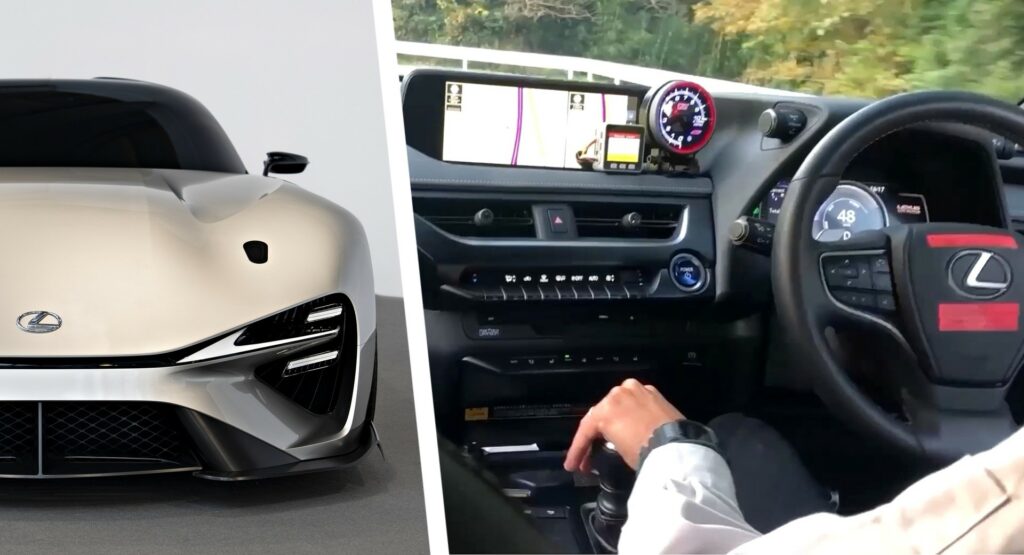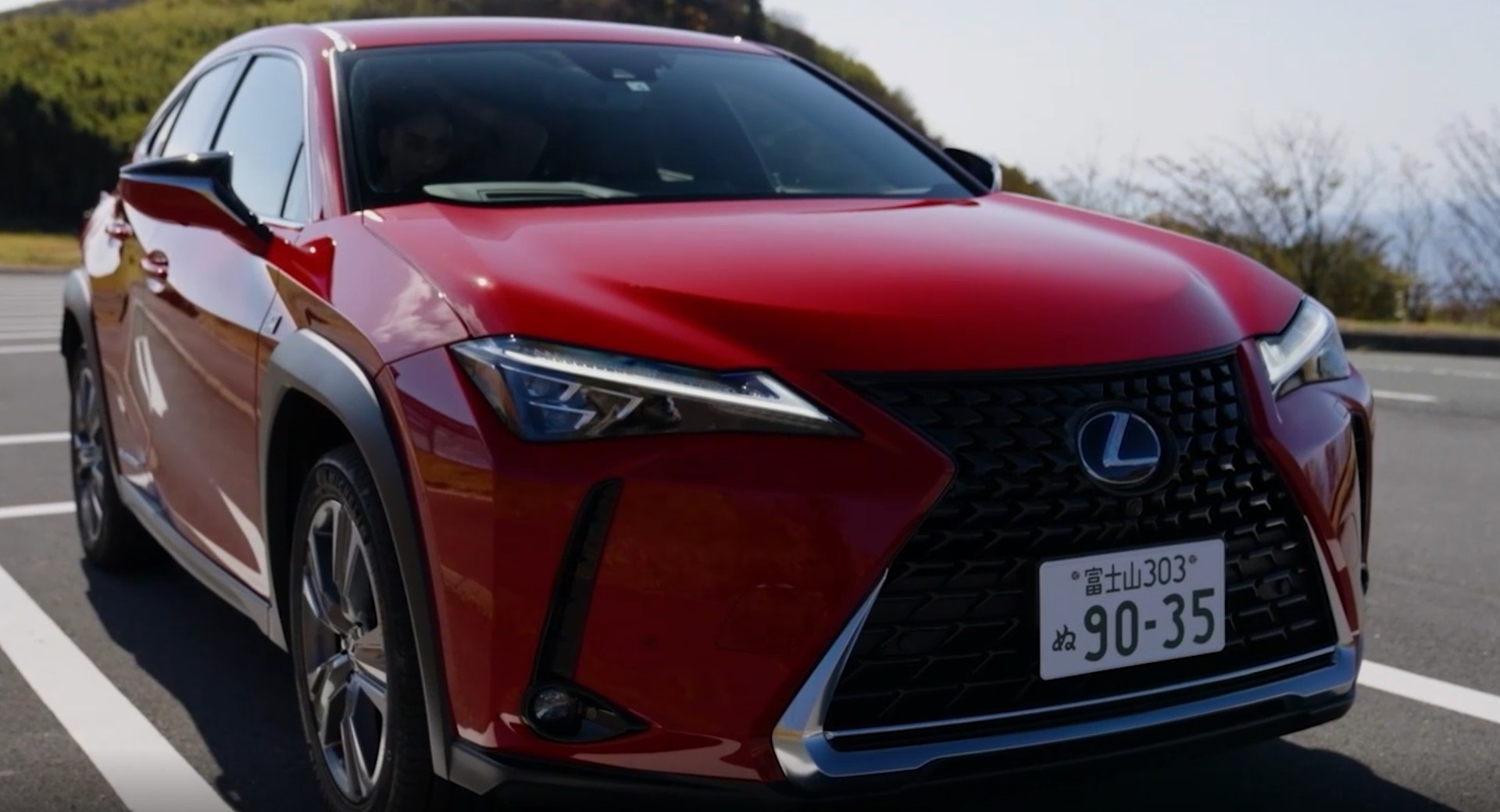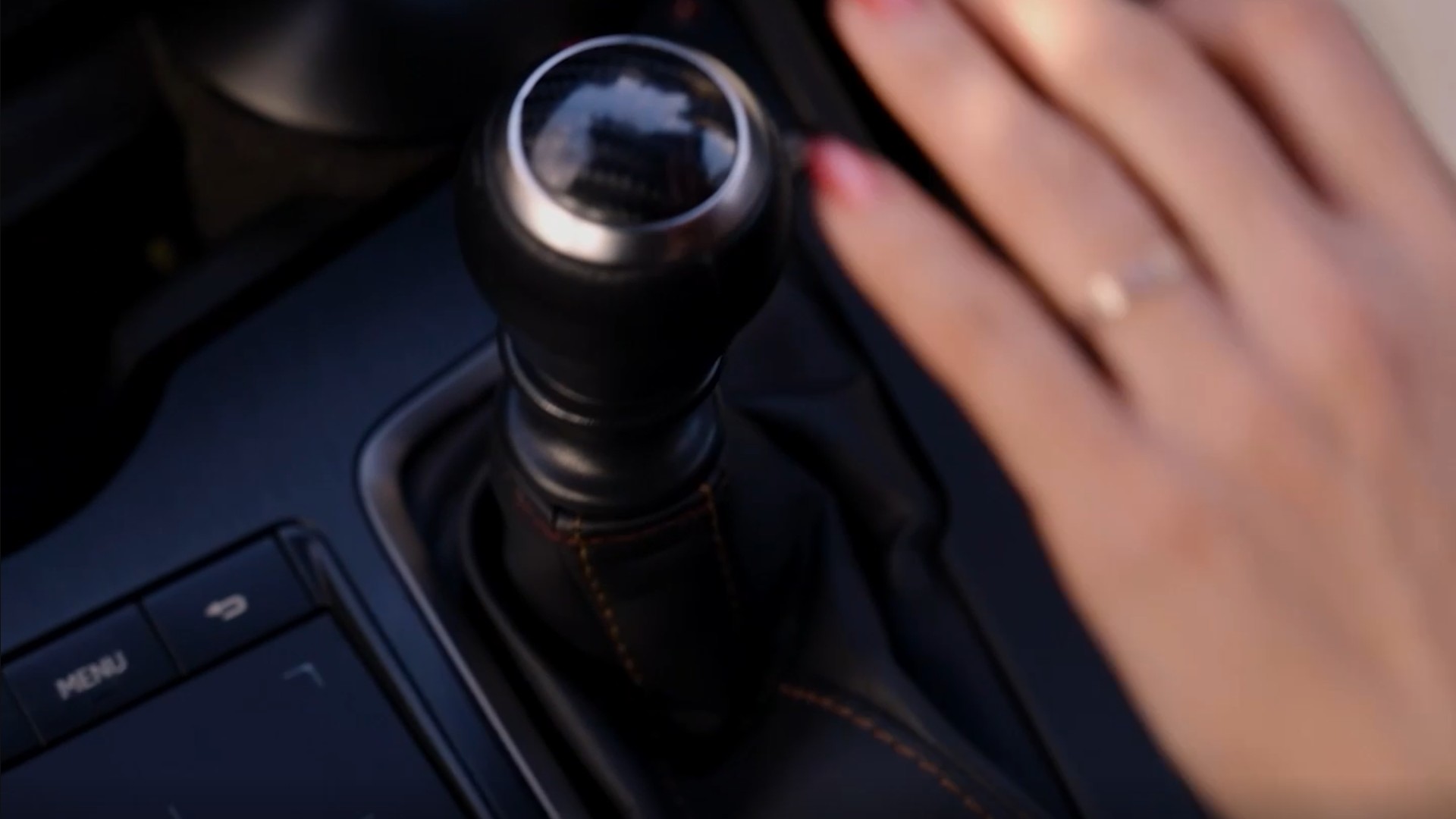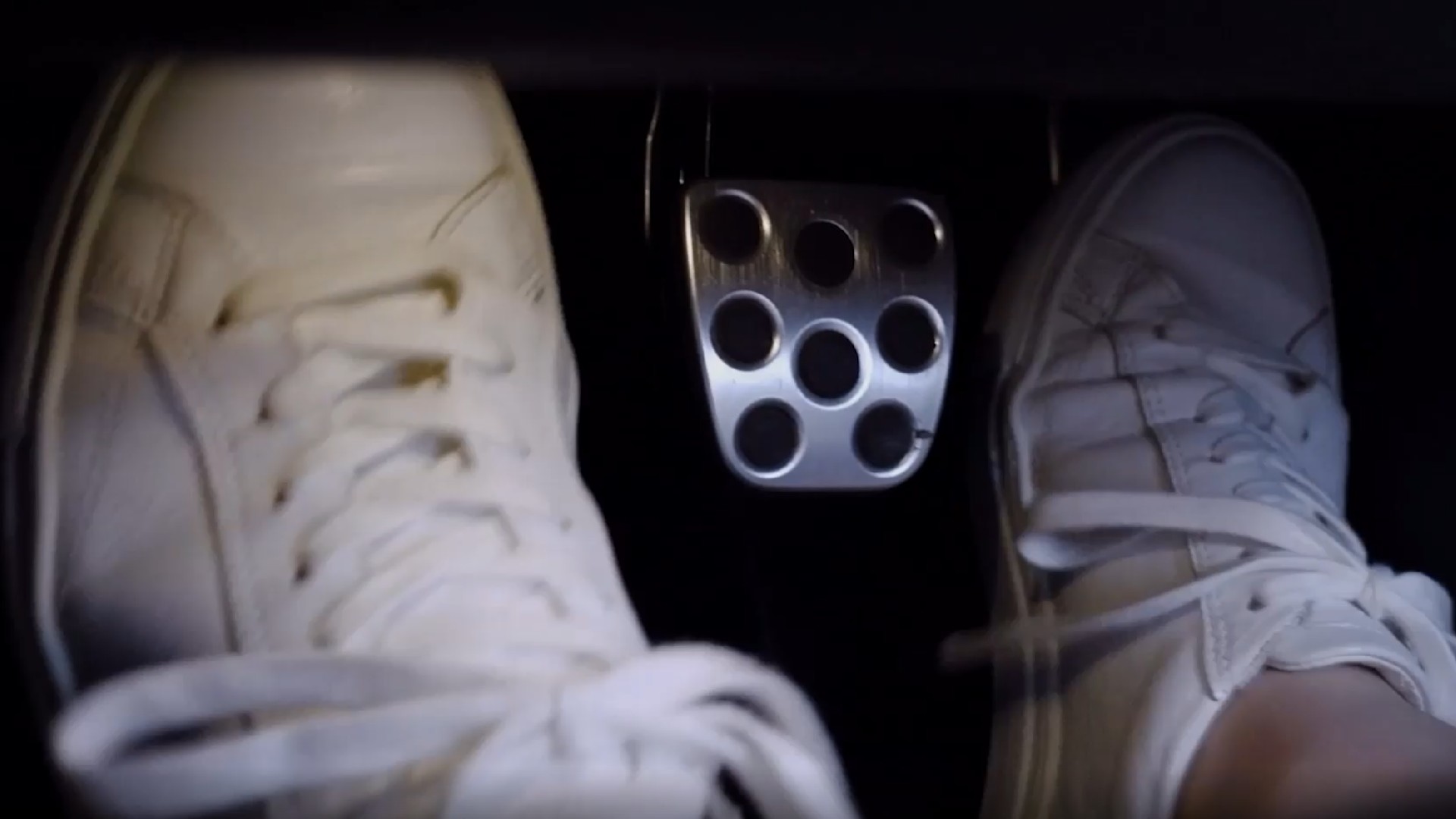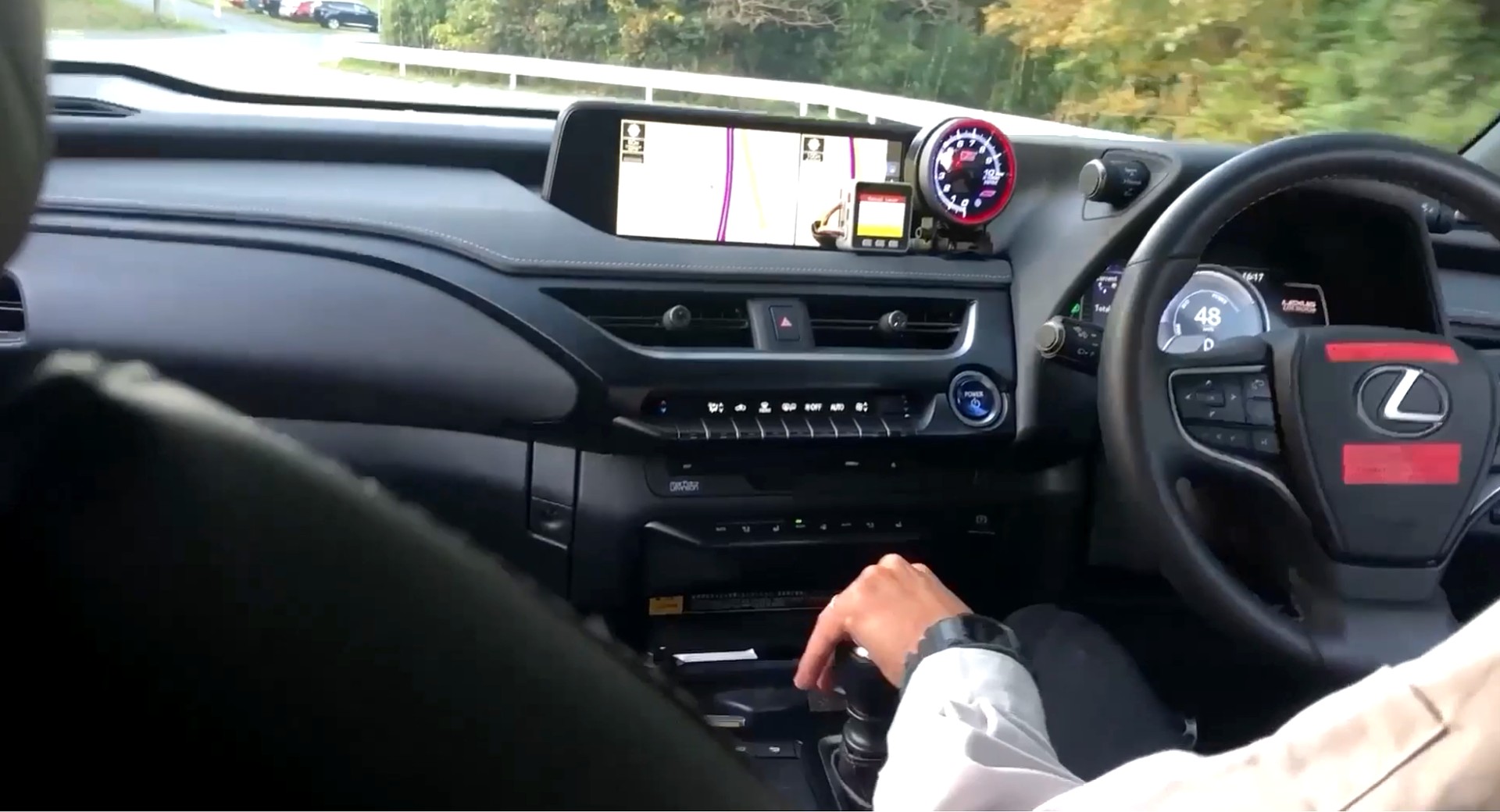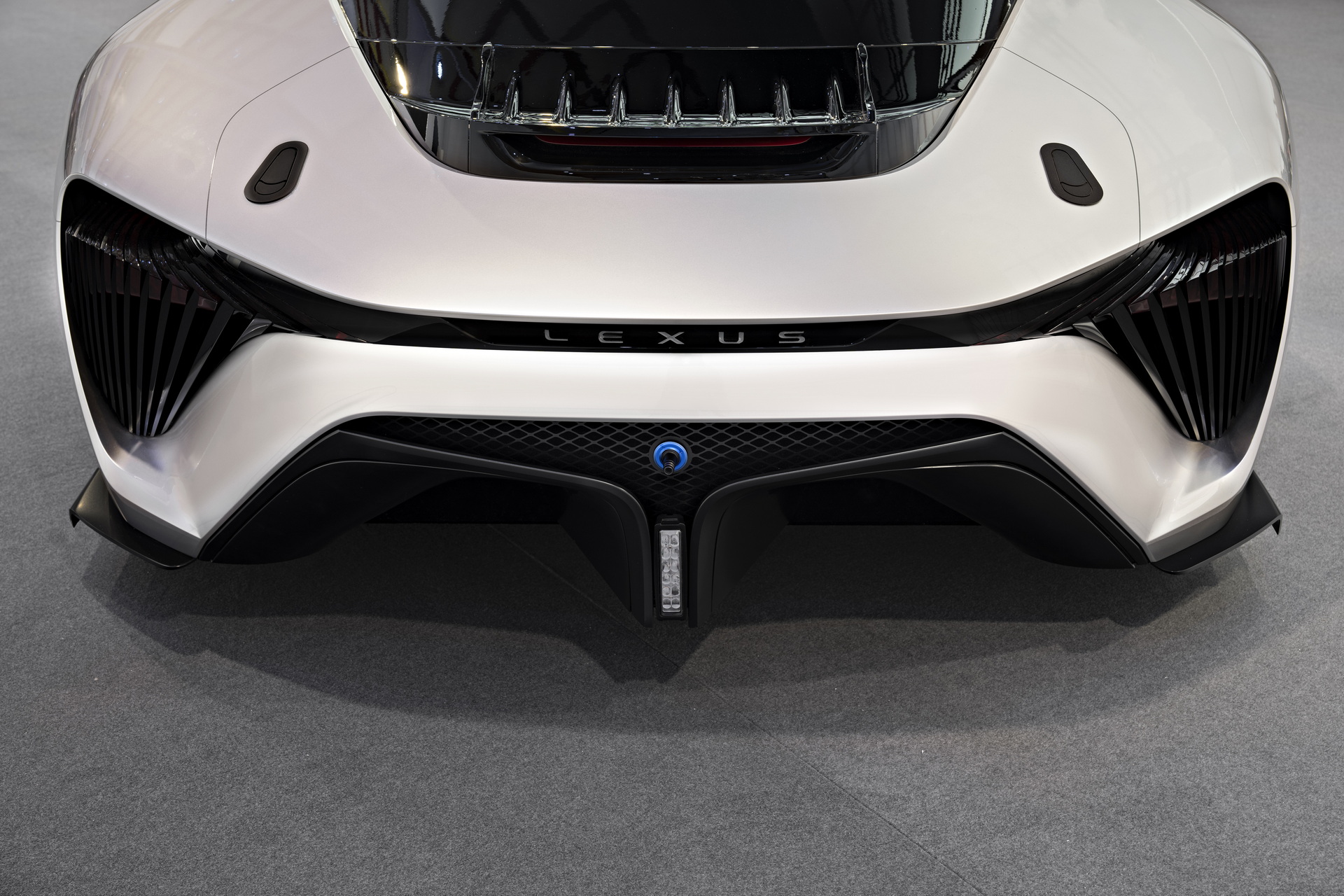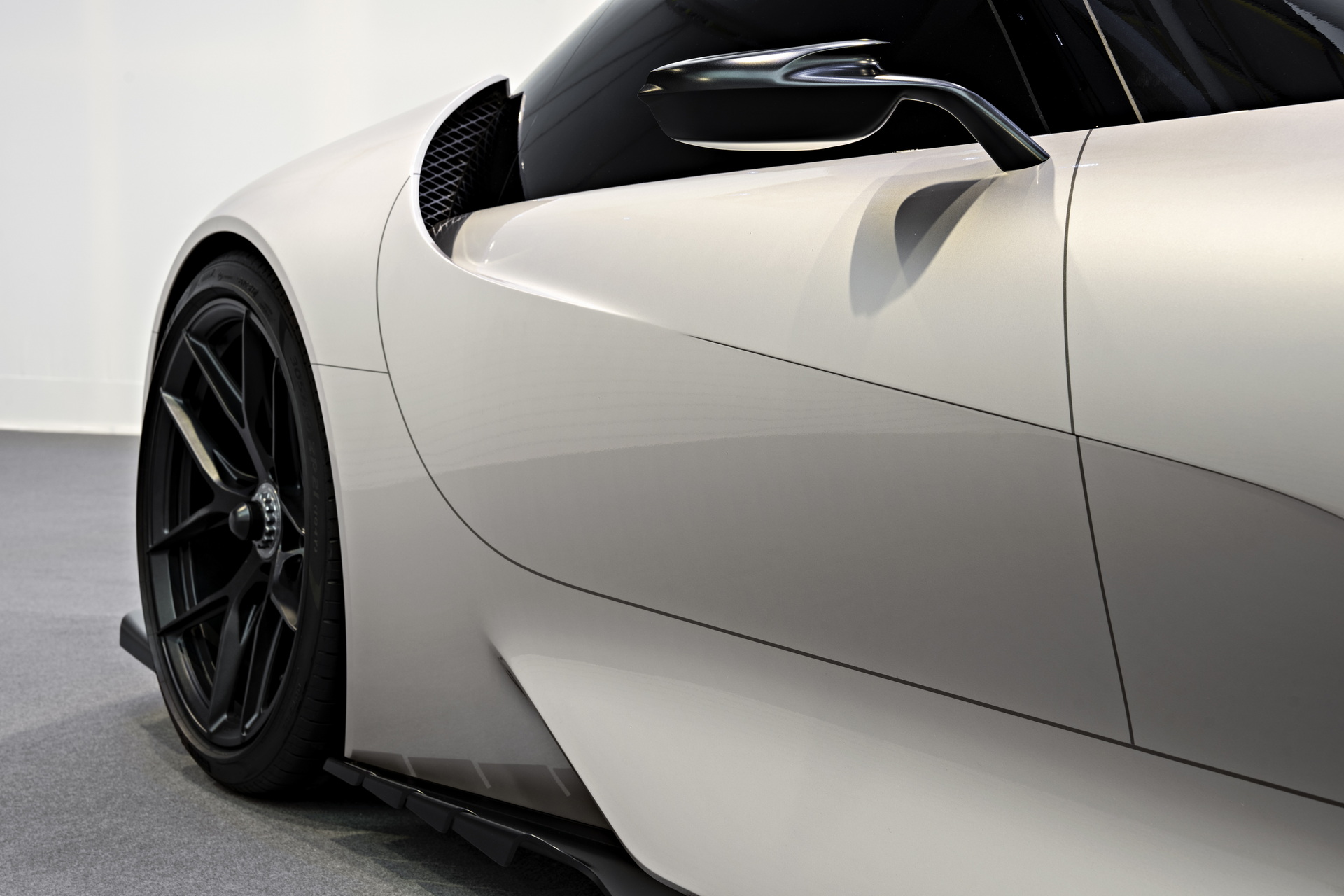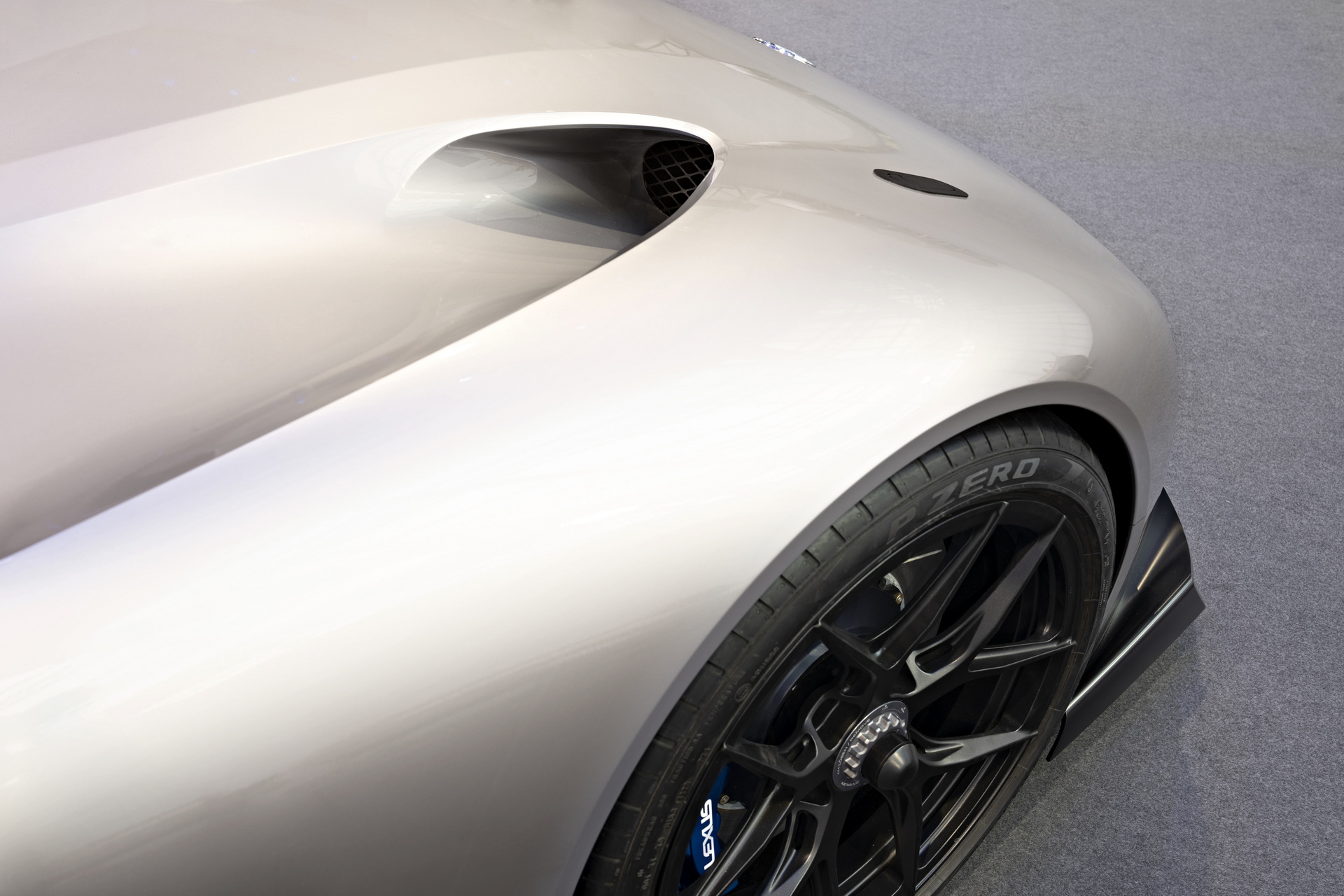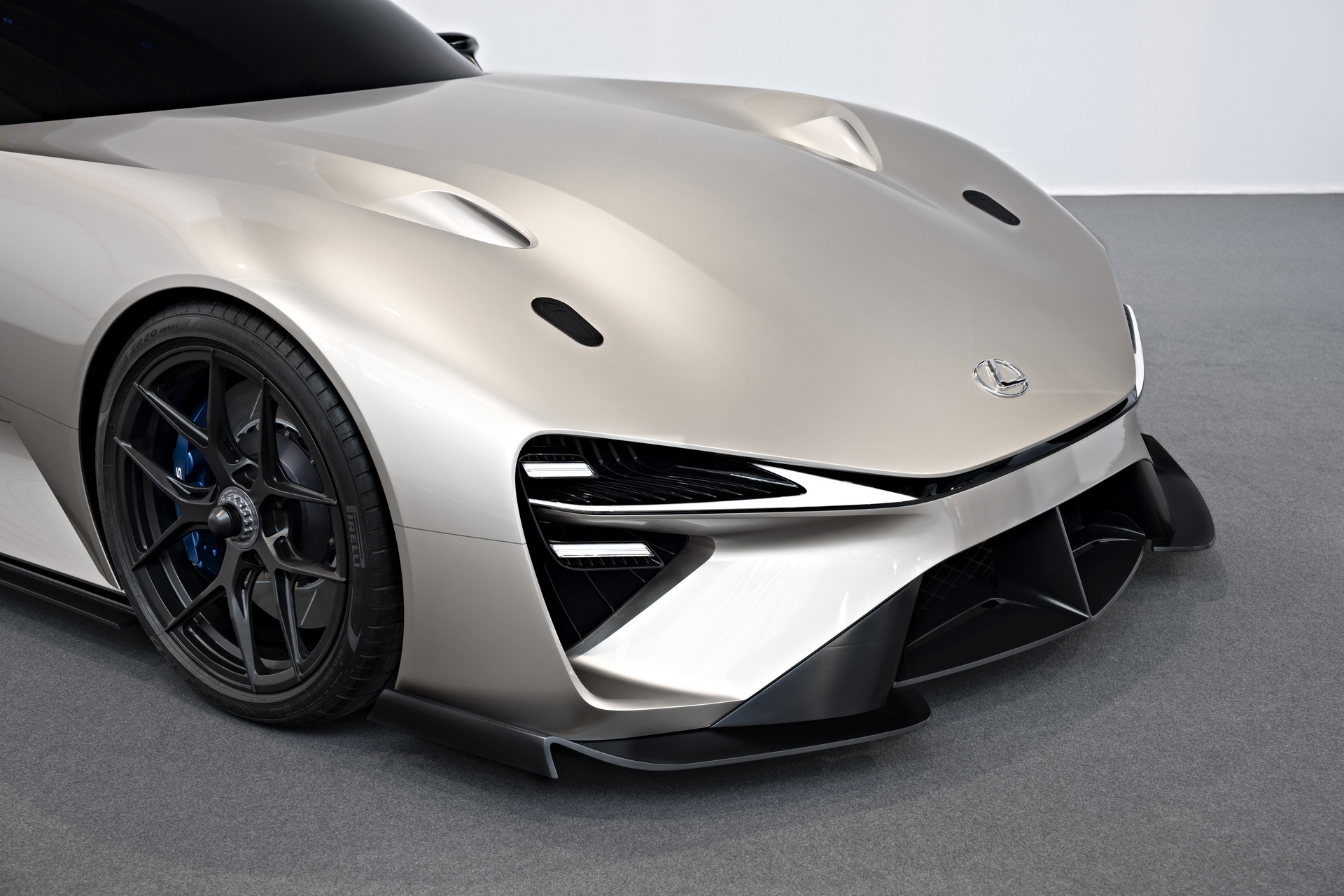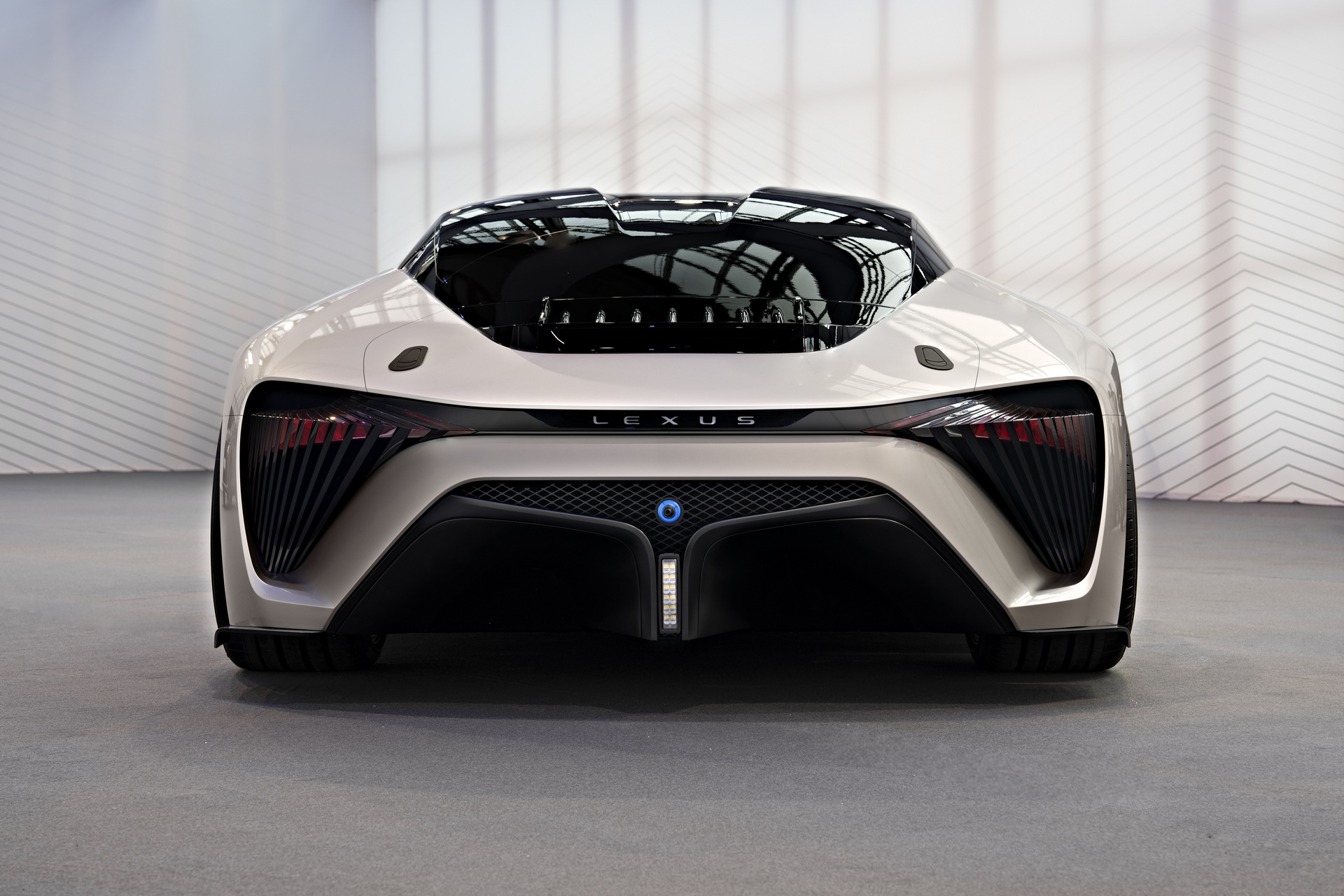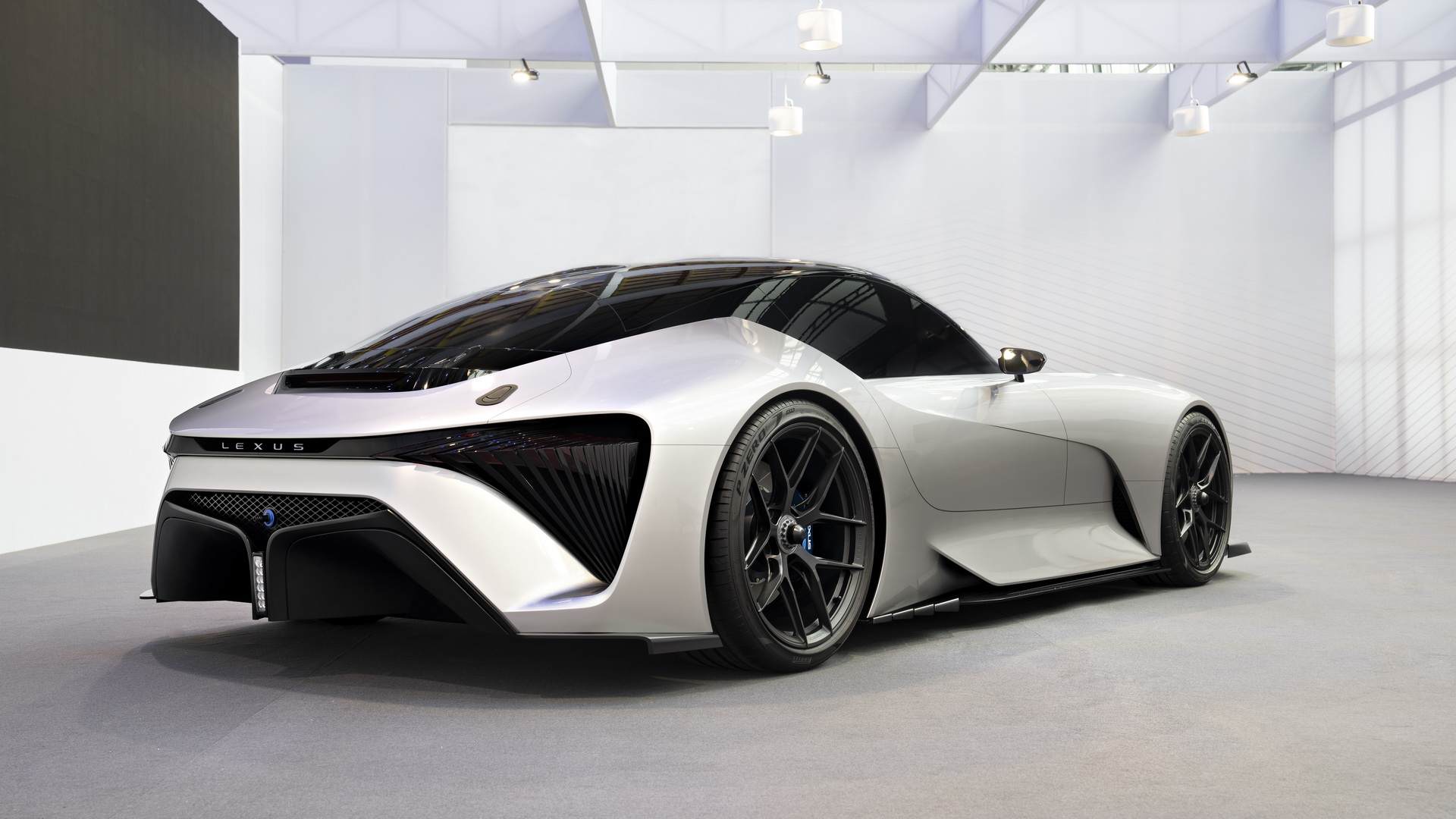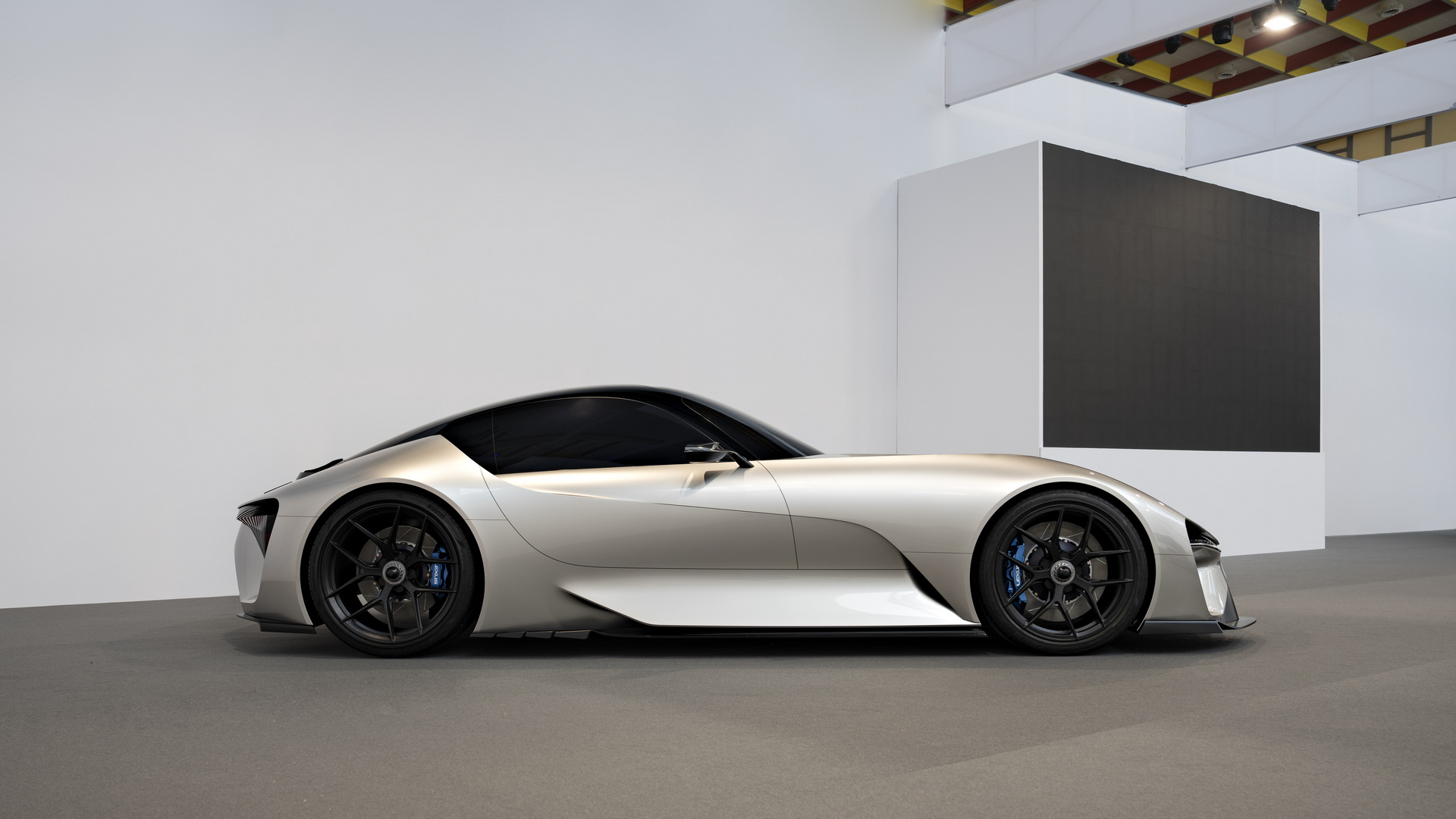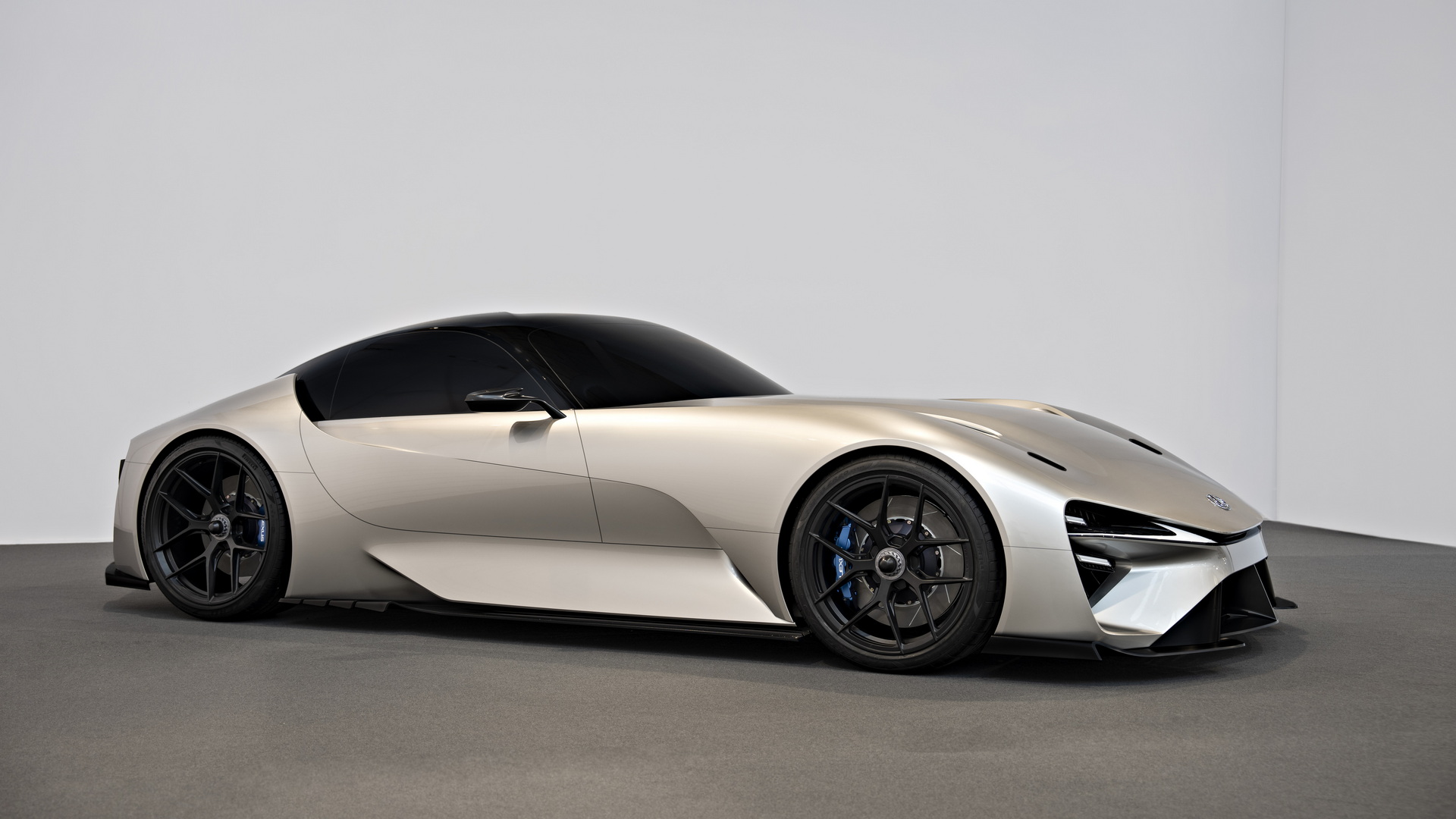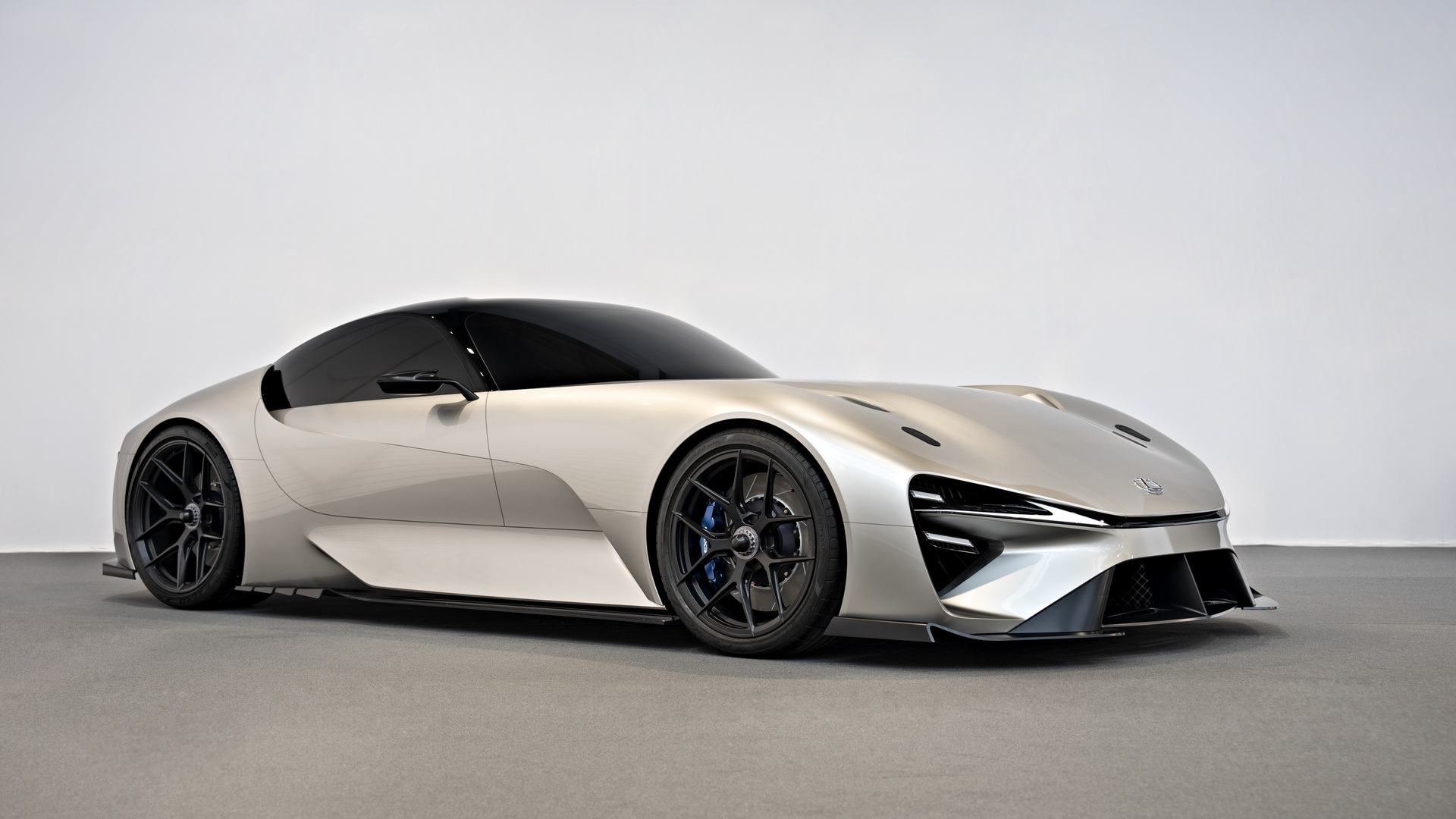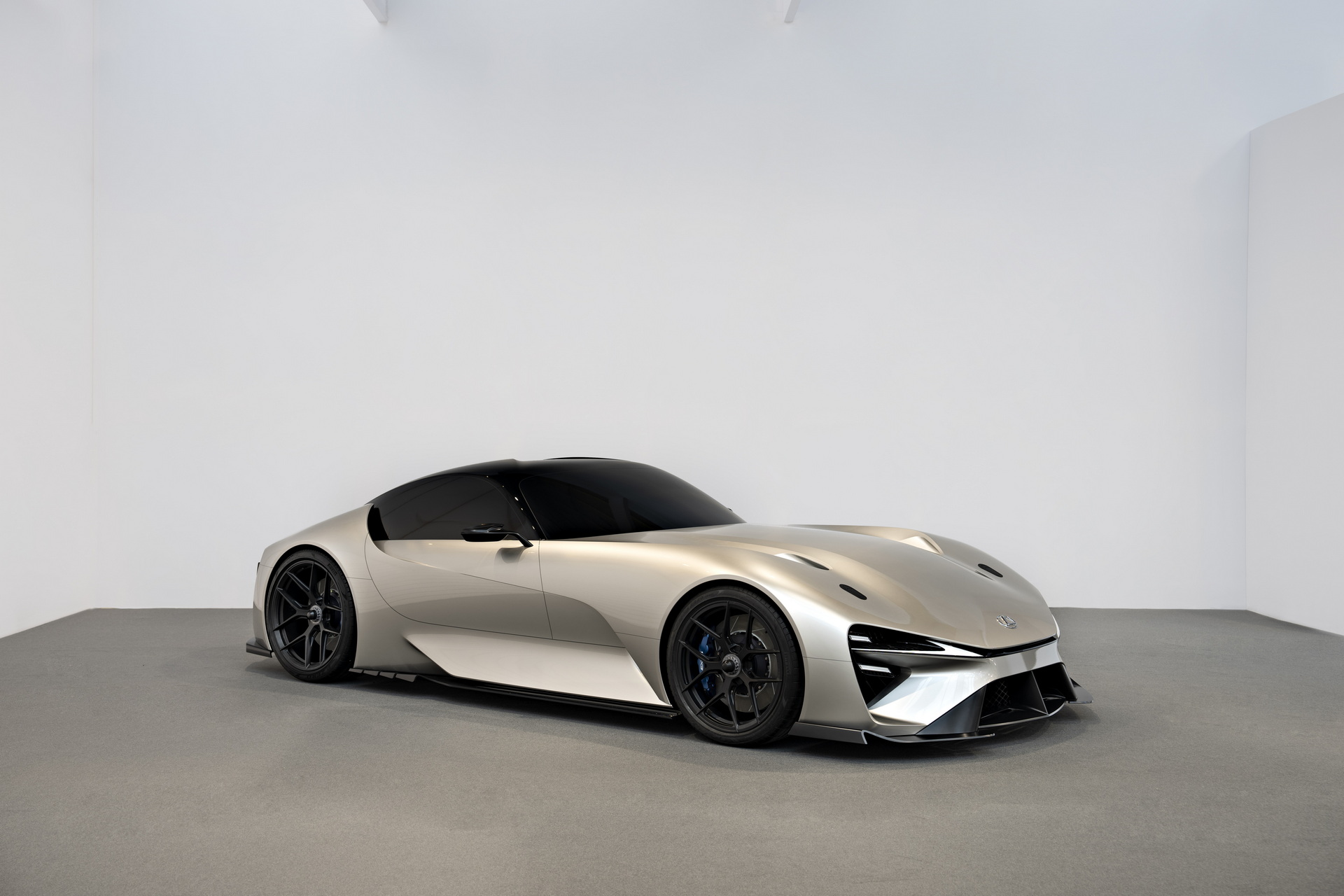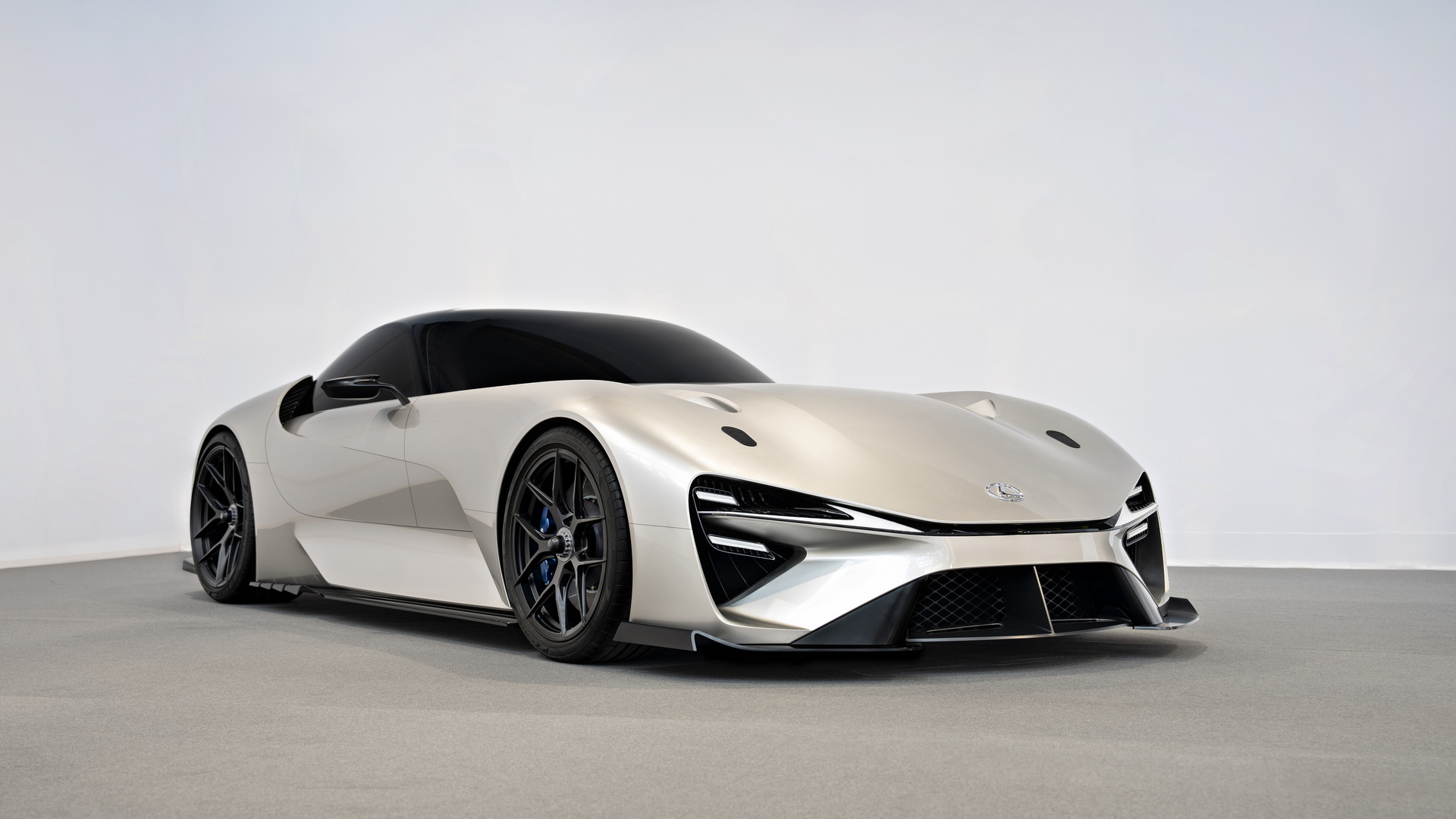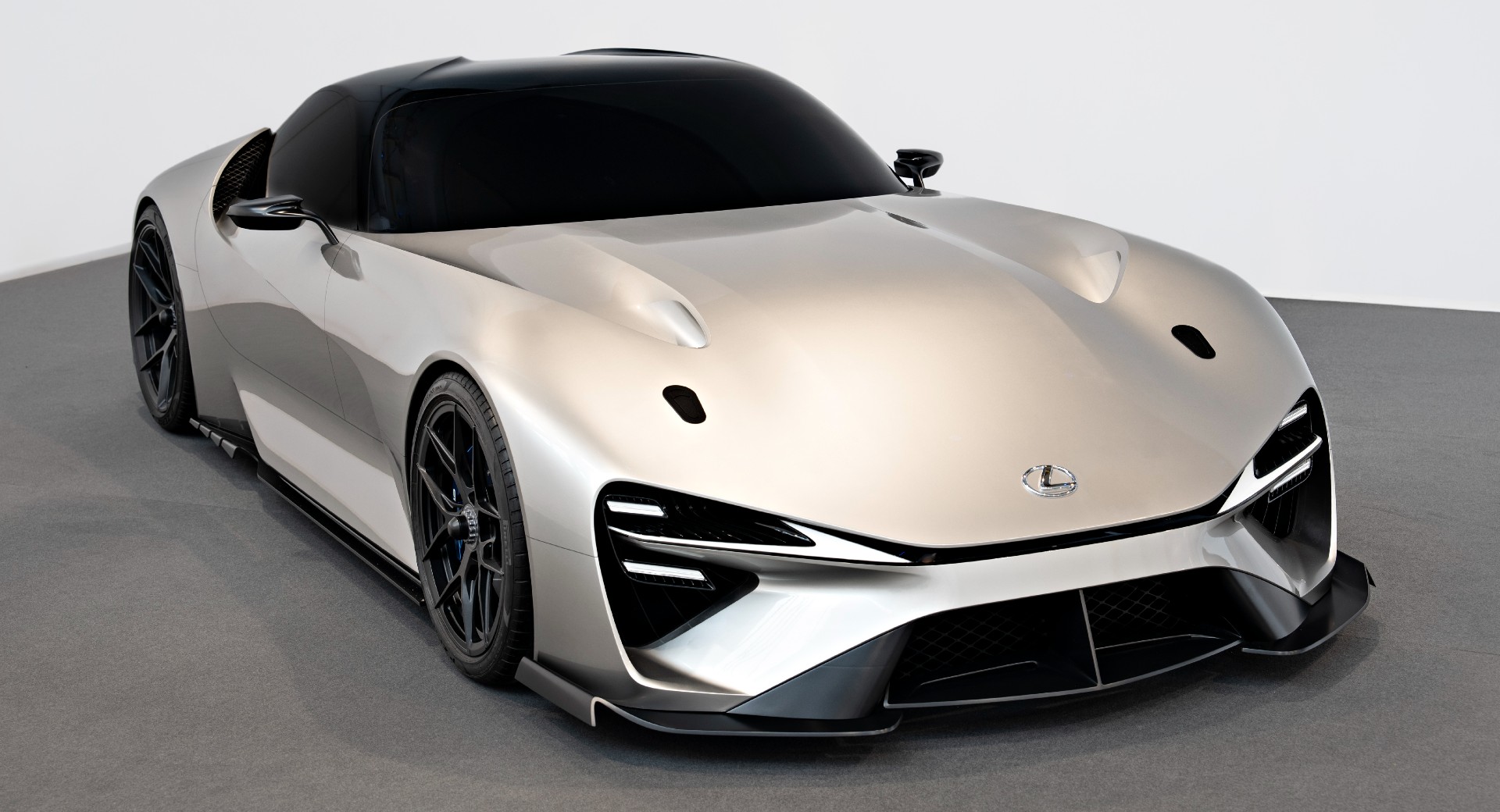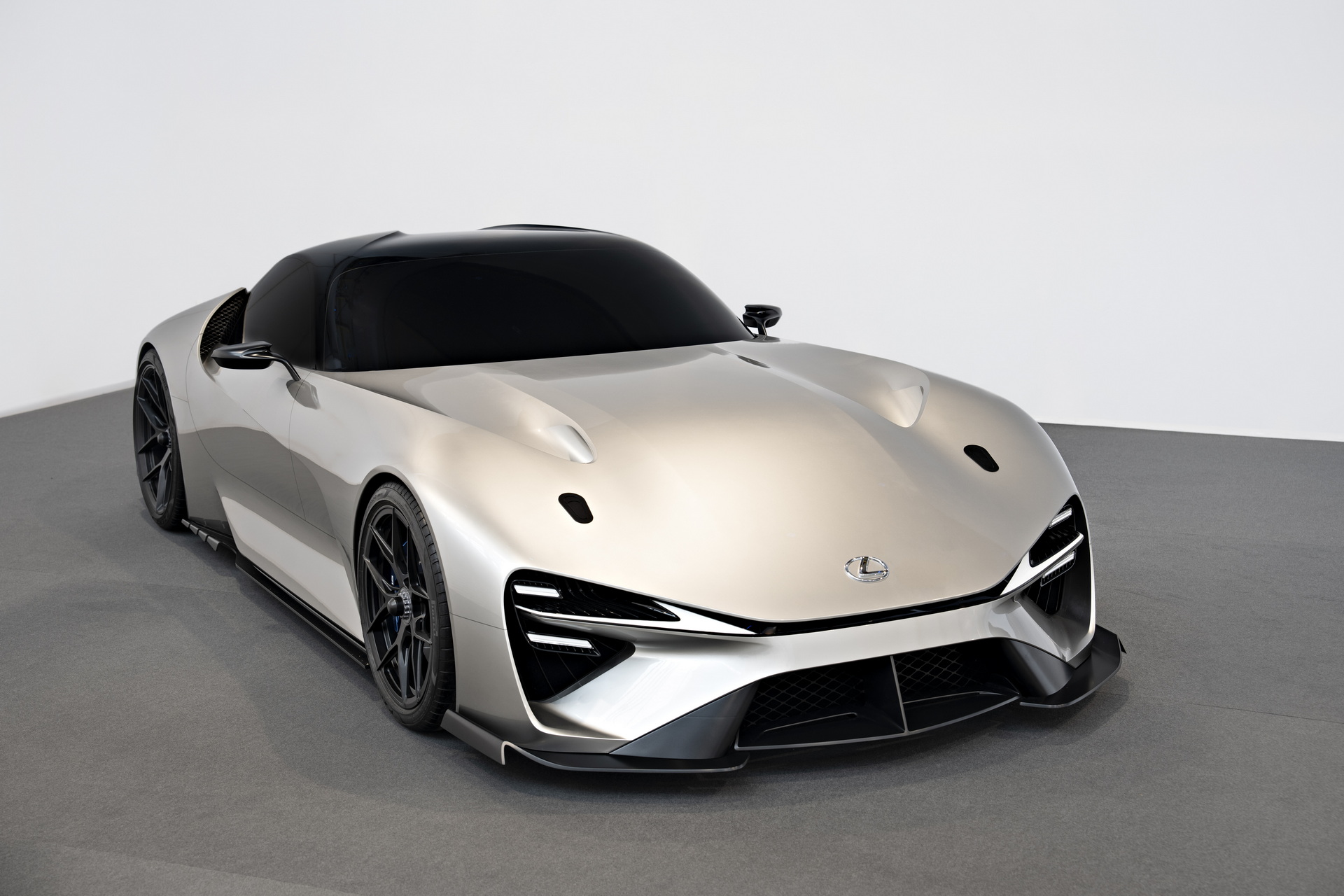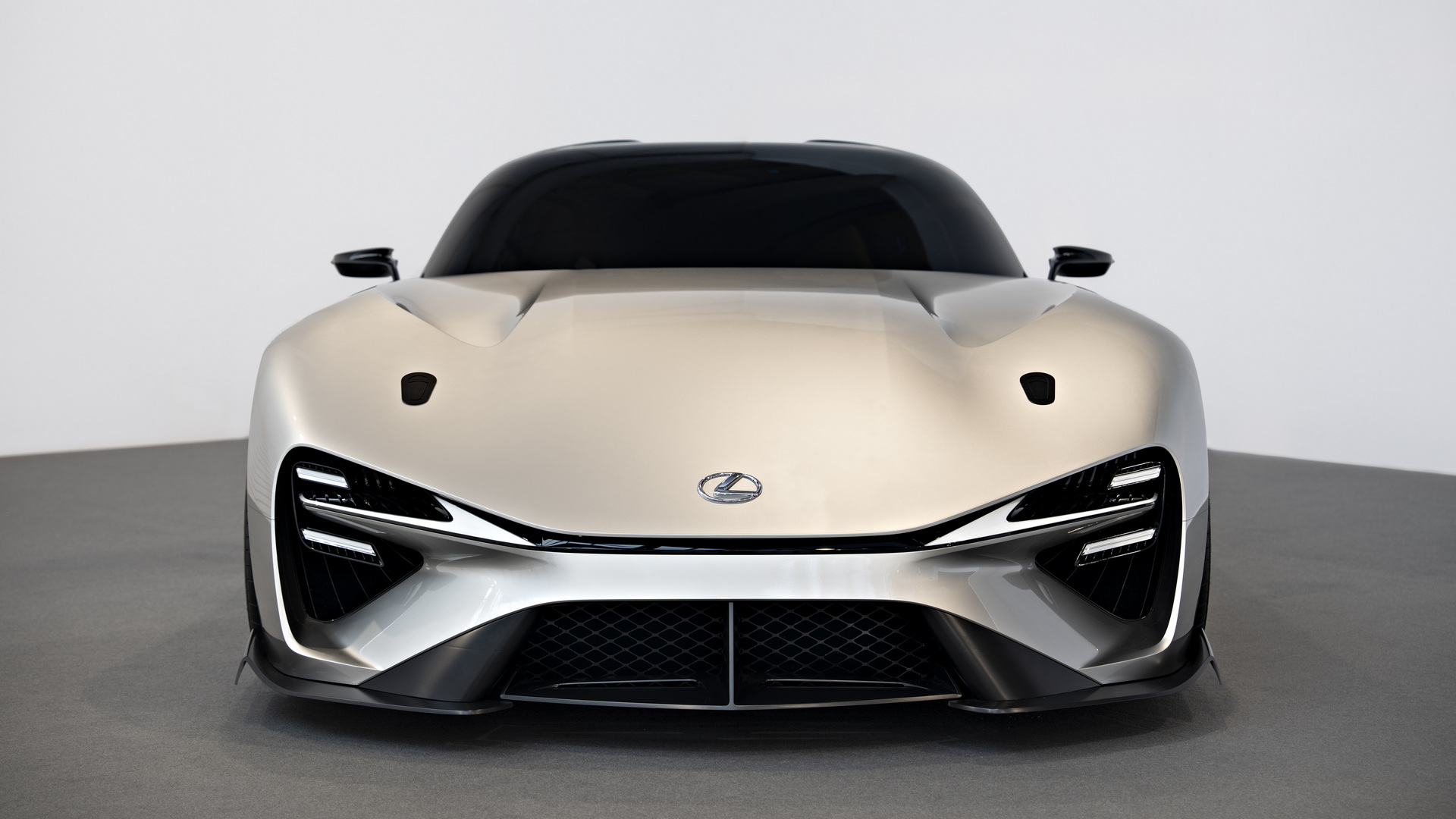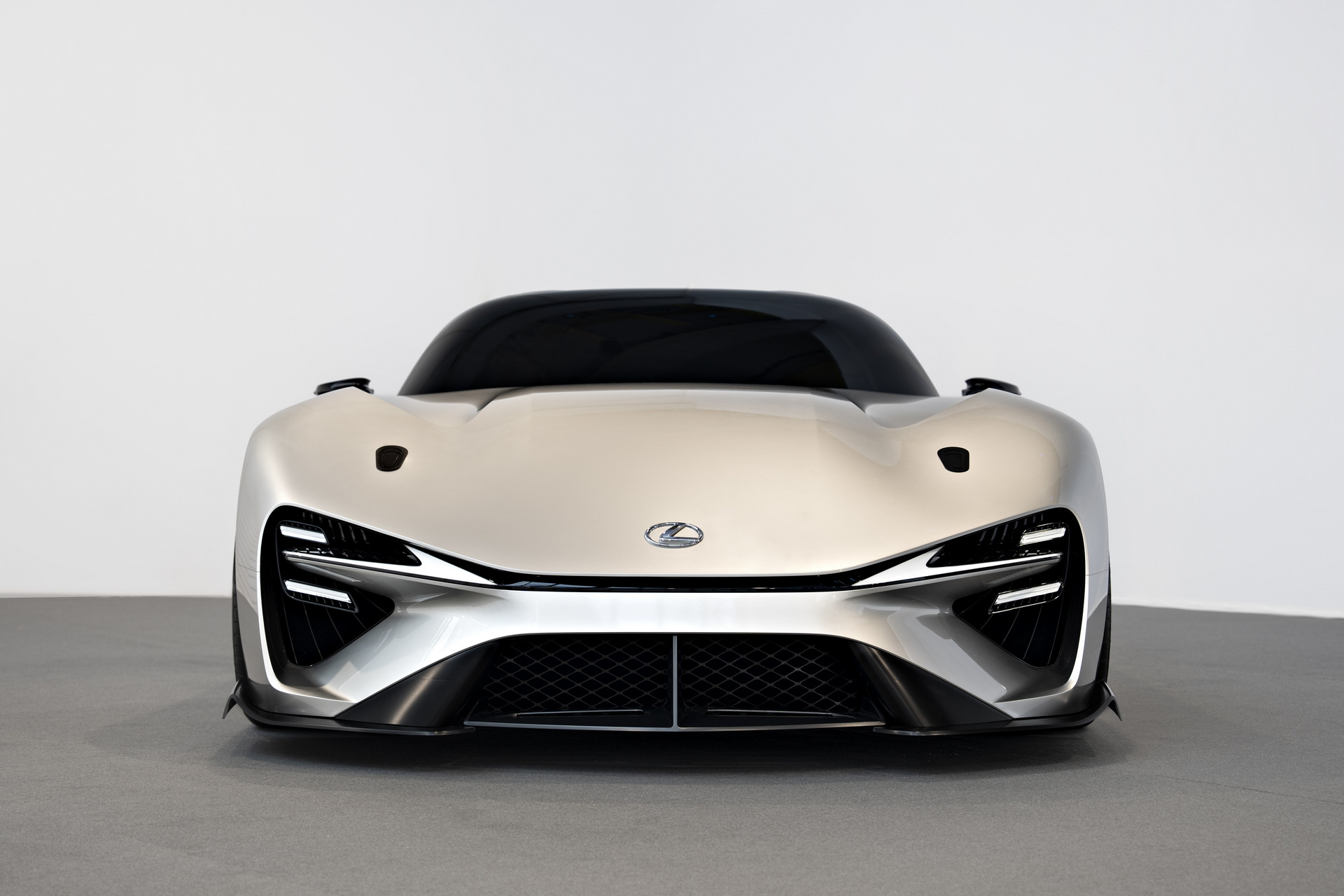Lexus confirmed it is working on a simulated manual gearbox for future EVs. The technology wants to replicate the feeling of a traditional manual transmission in a fully electric car.
According to Takashi Watanabe, Chief Engineer at Lexus Electrified, the idea of the manual EV started from a discussion between Lexus engineers about what they liked in traditional combustion-engined vehicles.
Despite the flat torque curve of an electric motor making a manual gearbox redundant, Lexus supported the vision of its engineering team. Watanabe suggests that the project was “so fun” that its development is ongoing for three years. Surprisingly, the technology is not for show purposes, as the chief engineer hinted it “might actually be on some of our future EVs”.
Read: The Lexus Electrified Sport Concept Embodies The Spirit Of The LFA In The EV Age
The Japanese automaker has already applied the simulated manual gearbox on a prototype of the fully electric Lexus UX300e. Driving footage was broadcasted during the official presentation, showing what to expect – including a satisfying clicking sound on every gear change, alongside a fake engine noise.
The prototype EV comes fitted with three pedals, a functional shift knob, and a rev counter which obviously doesn’t correlate to the revs of the electric motor. Lexus has set up the simulated transmission so the driver has to apply the clutch every time he changes gears, or the vehicle will stall. In addition, a simulated sound of a combustion engine is playing on the speakers, making gear changes more intuitive for the driver.
Another important element is the revised mapping for the electric motors, which replicates the driving behavior of any desired model. Together with other software-based features, this could potentially allow the driver to experience the vehicle of their choice. Watanabe said that the only element that the engineers did not reproduce is “the smell of petrol”.
This is not the first time a manual transmission is combined with an electric powertrain, as we have seen concepts like the Opel Manta GSE Elektromod, and many other EV-converted classics coming with a stick. However, Lexus could be the first automaker to bring it to production, at least as an optional feature in some of its future EVs.
Lexus’s Driver-Centric Approach
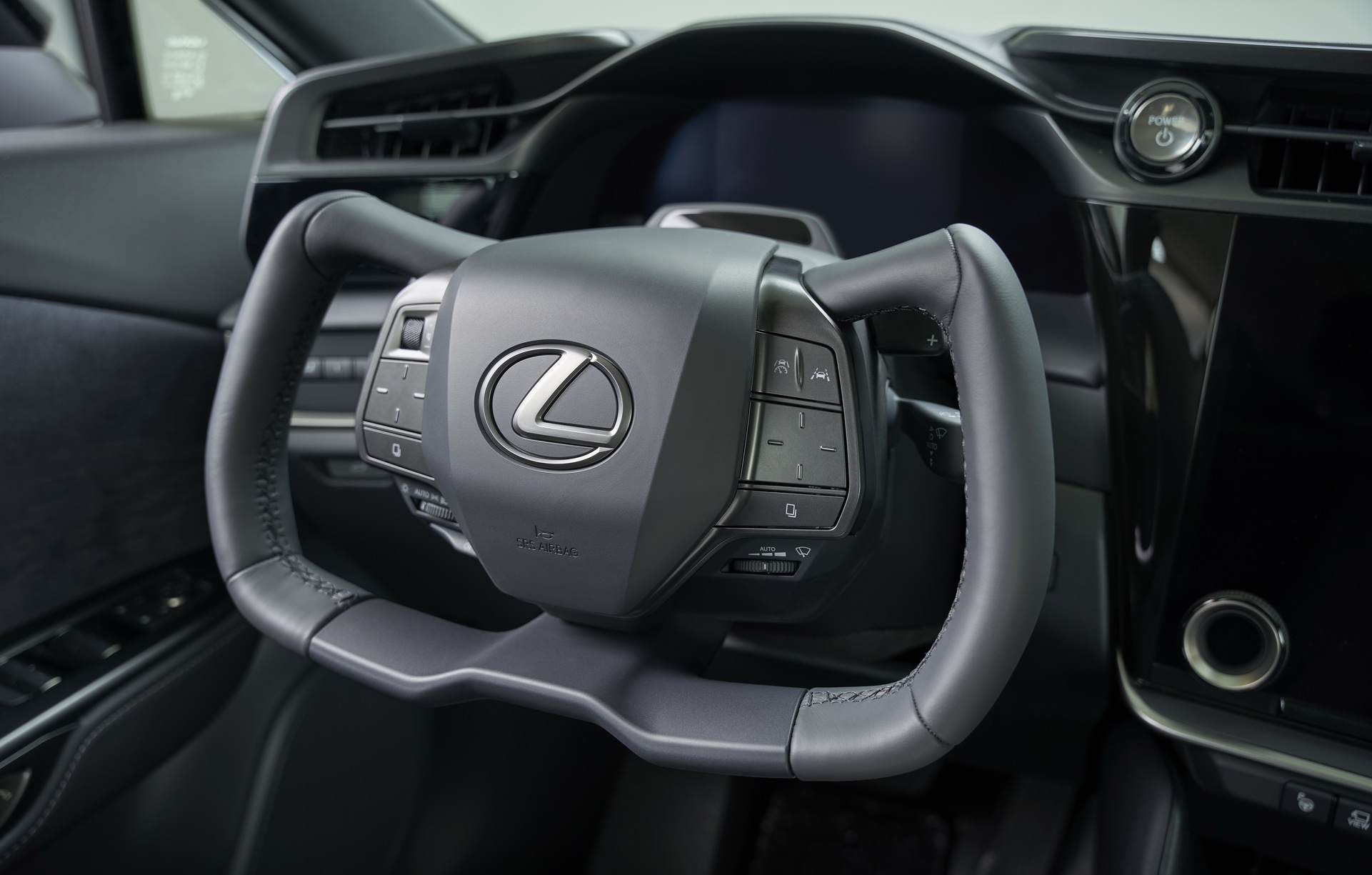
The yoke steering option on the Lexus RZ 450e is made possible by the “One Motion Grip” steer-by-wire system.
Lexus is building its new global headquarters in Shimoyama, Japan, where its designers and engineers will be “working side by side in the drawing rooms and on the test tracks”. The automaker said that the goal of new electrification technologies is “not just to improve energy efficiency and reduce emissions, but also to deliver a higher level of performance, dynamics and driver engagement”.
Other driver-focused technologies Lexus is working on include the One Motion Grip steer-by-wire and the Direct4 systems that debuted in the new Lexus RZ 450e. The steer-by-wire system eliminates the mechanical connection between the steering wheel and the wheels, improving agility, stability, and handling while allowing a greater differentiation between driving modes. As for the Direct4 system, it brings advanced active torque vectoring abilities to all four wheels for optimum handling depending on the conditions.
The pinnacle of Lexus engineering will be incorporated into the production version of the Electrified Sport concept which will be a halo model for the brand. Lexus CEO Koji Sato, previously described the model as “a showcase for the future of Lexus driving dynamics, expressing the overall Lexus driving signature” while hinting at the possibility of it using the simulated manual gearbox.
The successor to the highly acclaimed LFA supercar will be based on a motorsport-grade GT3 chassis, featuring an aggressive suspension setup, advanced battery technology -which could be solid-state batteries-, powerful electric motors, and a 0-100 km/h (62 mph) in around 2 seconds. The automaker hasn’t given us a debut date for the supercar, but it is good to hear that development is ongoing.








